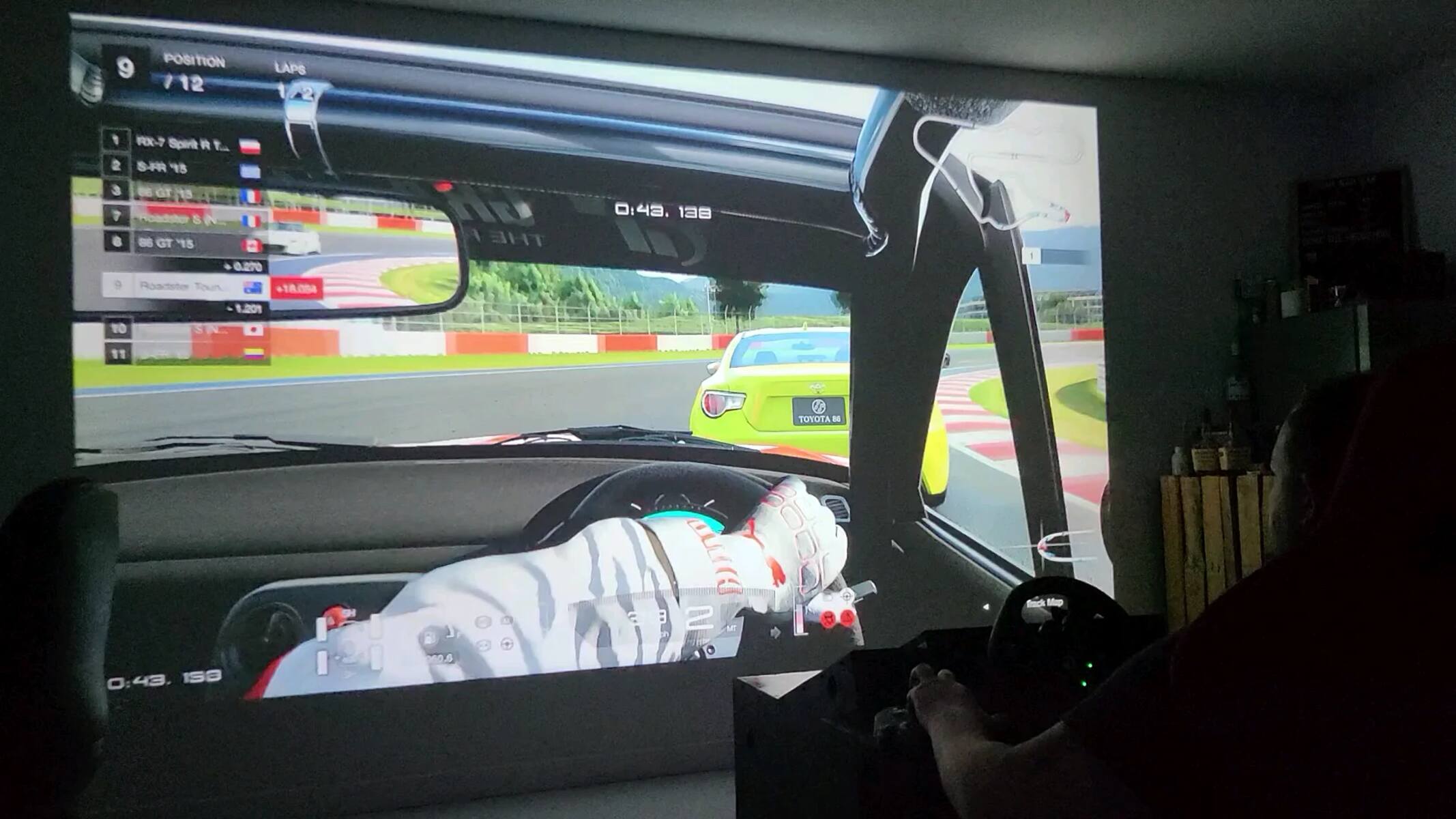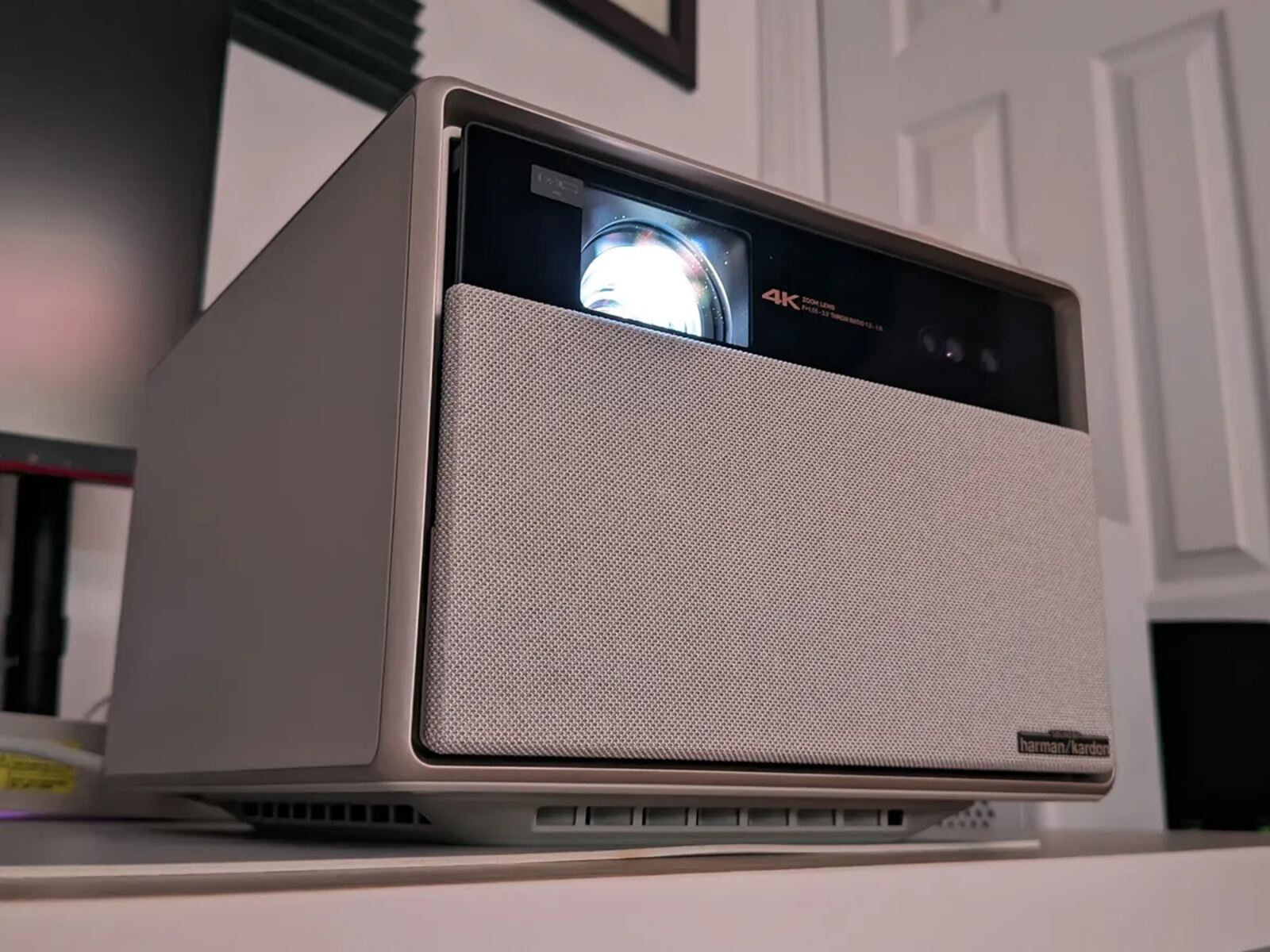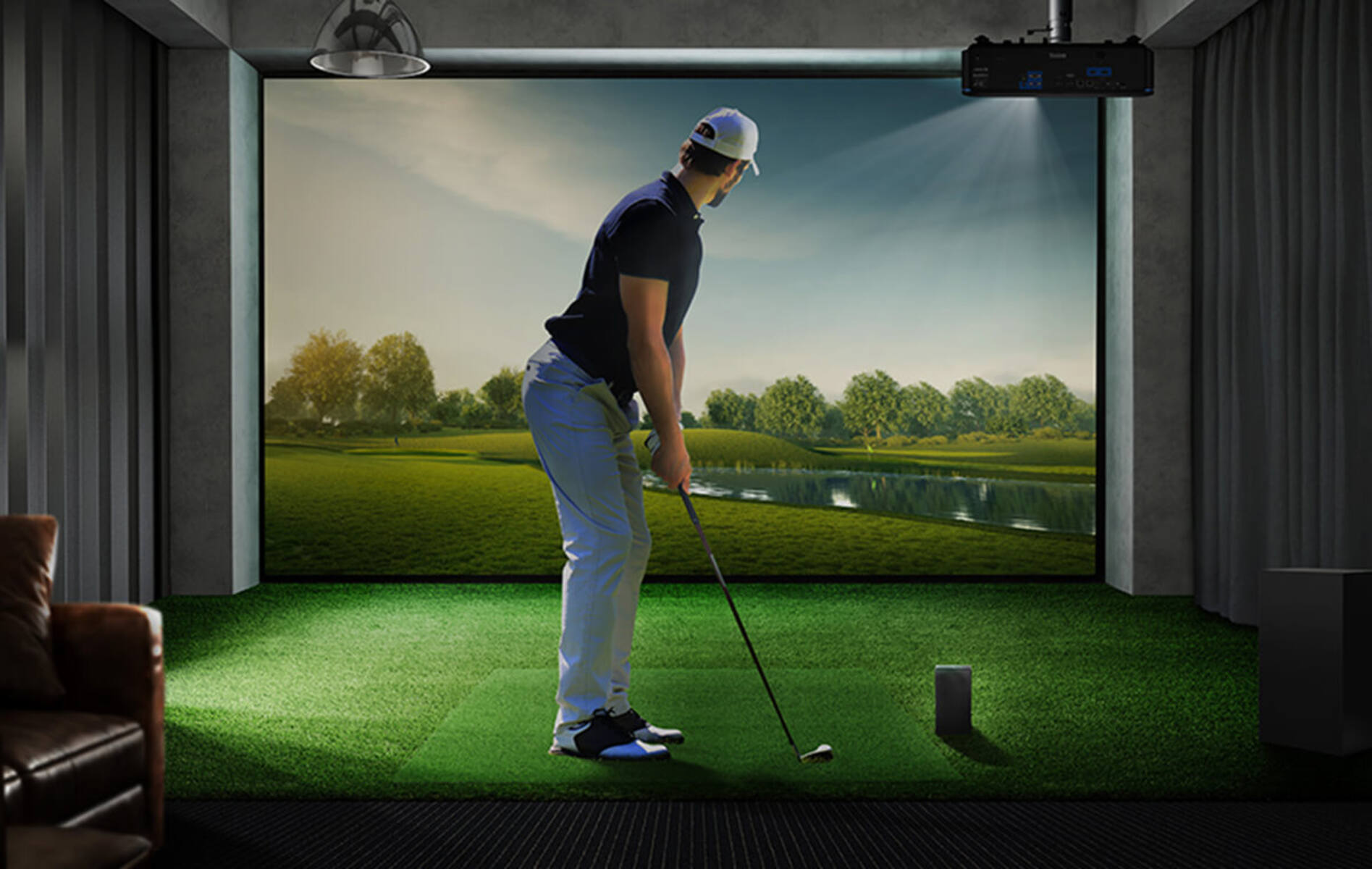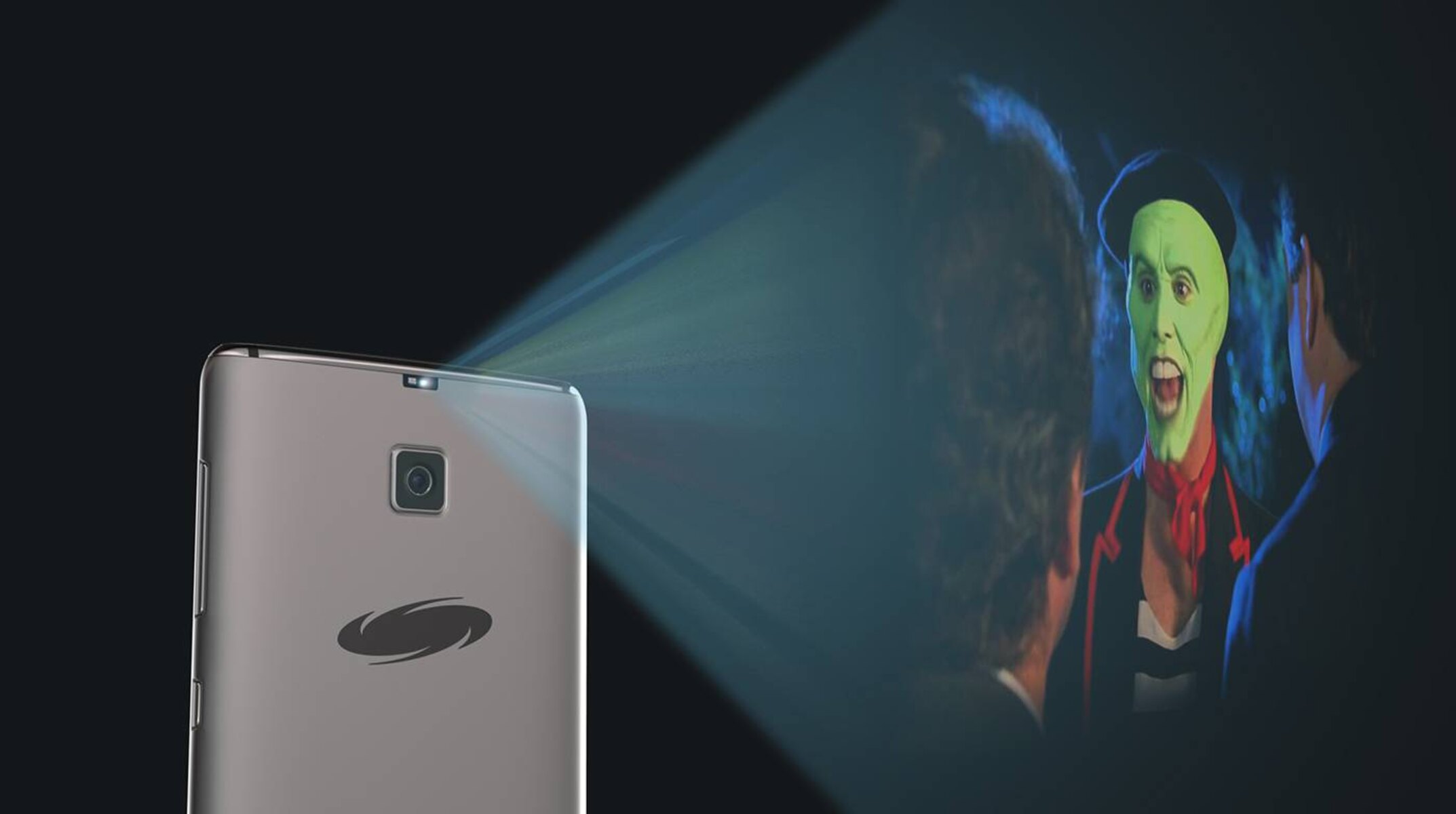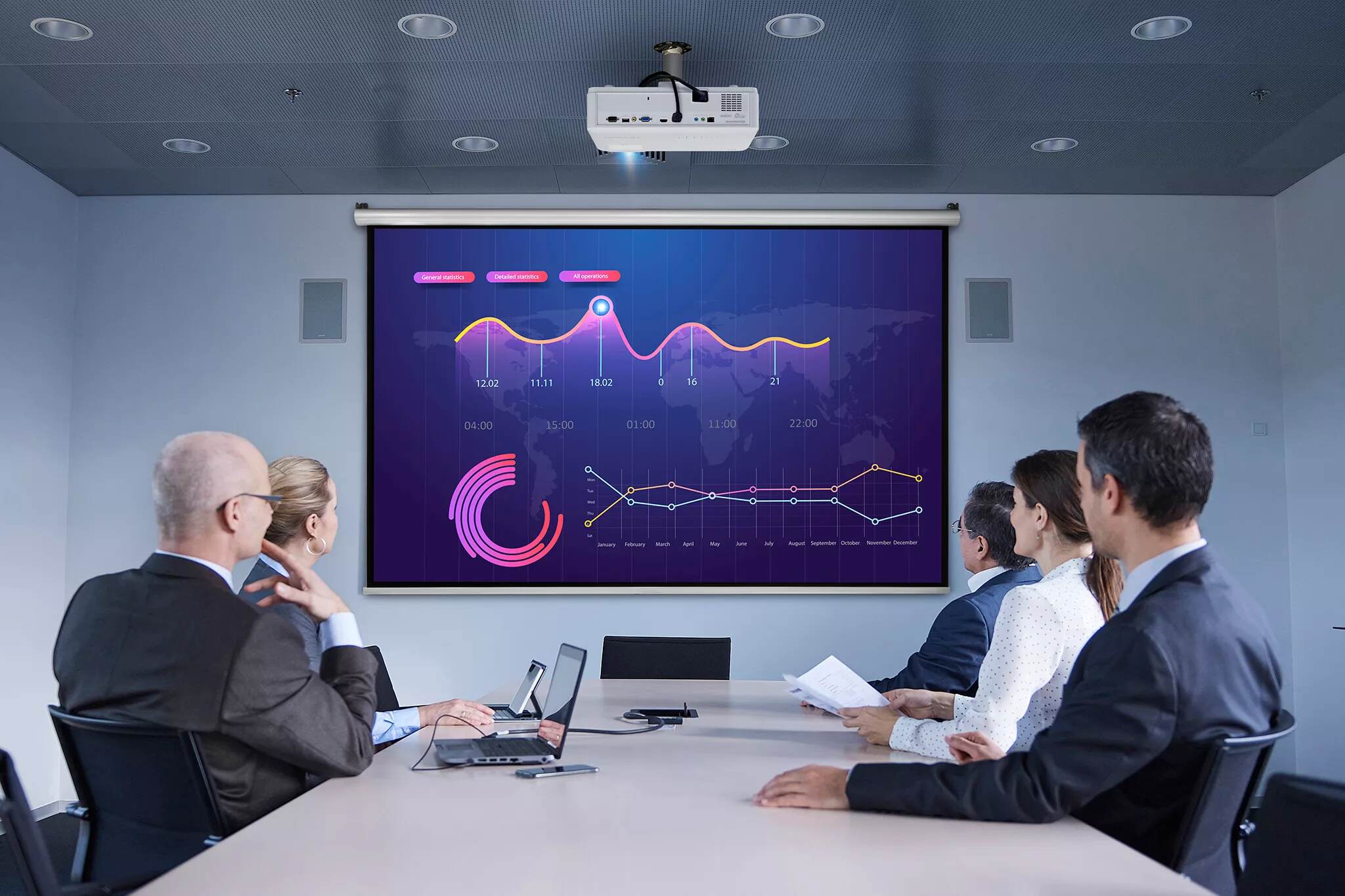Introduction
Are you frustrated with your projector lagging during presentations or movie nights? Don’t worry; you’re not alone. Projector lag can be a common issue that affects the smooth running of your device and can significantly impact your viewing experience. Understanding the reasons behind this lag can help you troubleshoot and find a solution.
Projector lag refers to the delay between an input signal and its display on the screen. This delay can result in a noticeable lag, which can be particularly bothersome, especially in situations where real-time interaction is required. It can be frustrating to see an input command or visual effect on the screen with a delay, disrupting the flow of your presentation or ruining a crucial movie scene.
There are multiple factors that can contribute to projector lag, and it’s important to identify and address them appropriately. In this article, we will explore the various factors that can cause lag in projectors and provide troubleshooting techniques to help you resolve the issue.
Understanding Projector Lag
Projector lag is an undesirable delay between the input signal and the resulting display on the screen. It can be frustrating and disruptive, especially during presentations, gaming sessions, or movie nights. To effectively troubleshoot and resolve projector lag issues, it’s important to have a sound understanding of the factors that contribute to this problem.
One primary factor that contributes to projector lag is the input lag. Input lag refers to the delay between the moment an input command is given and when it is displayed on the screen. This delay can occur due to multiple reasons, including the signal processing time in the projector and the quality of the input source.
Another factor to consider is the processor lag. Projectors, like any other electronic devices, rely on internal processors to process and display the input signal. If the projector has a slow or outdated processor, it can lead to lag in the display of the content. Upgrading to a projector with a faster processor can help minimize this lag.
Connection lag can also contribute to projector lag. If the connection between the input source, such as a laptop or gaming console, and the projector is not stable or has a slow transmission speed, it can result in lag. Using high-quality cables and ensuring a strong and reliable connection can help alleviate this issue.
Graphic settings can also play a significant role in projector lag. Certain graphic settings that require heavy processing, such as high-resolution visuals or complex animations, can put a strain on the projector’s capabilities and cause lag. Adjusting the graphic settings to a lower resolution or reducing the complexity of the visuals can help reduce lag.
Additionally, interference and distance between the projector and the input source can affect lag. Factors like wireless interference, obstructions, or long distances can impact the signal transmission and result in delay. Ensuring a clear and direct line of sight between the projector and the input source, as well as minimizing any possible interference, can help reduce lag.
Lastly, keeping the projector’s software and firmware up to date is crucial. Manufacturers often release updates that address performance issues and bugs, including lag-related problems. Regularly checking for updates and installing them can improve the overall performance and reduce projector lag.
By understanding these contributing factors, you can better diagnose and troubleshoot projector lag issues. In the following sections, we will delve further into these factors and provide effective solutions for eliminating projector lag for a seamless viewing or presentation experience.
Factors Causing Projector Lag
Several factors can contribute to the lag experienced with projectors. By identifying these factors, you can address the specific issue and minimize or eliminate projector lag. Let’s explore some of the common factors causing projector lag:
- Input Lag: Input lag refers to the delay between the input signal and its display on the screen. This delay is often caused by the processing time of the projector to interpret the input signal. Higher input lag can be problematic, especially in scenarios where real-time interaction is required.
- Processor Lag: The projector’s processor plays a crucial role in how quickly it can process and display the input signal. If the projector has a slow or outdated processor, it can significantly contribute to lag. Upgrading to a projector with a more powerful processor can help reduce or eliminate this lag.
- Connection Lag: The quality and stability of the connection between the input source and the projector can impact lag. A slow or unreliable connection can result in delays in transmitting the input signal. Using high-quality cables and ensuring a strong and stable connection can help mitigate connection lag.
- Graphic Settings: The graphic settings used can also affect projector lag. High-resolution visuals or demanding graphic effects can put a strain on the projector’s processing capabilities, leading to lag. Adjusting the graphic settings to a lower resolution or reducing the complexity of the visuals can help alleviate this issue.
- Interference and Distance: Interference or obstructions between the projector and the input source, as well as long distances, can impact the quality and speed of signal transmission, resulting in lag. Ensuring a clear line of sight between the projector and the input source, as well as minimizing any wireless interference, can help reduce lag.
- Software and Firmware Updates: Manufacturers often release software and firmware updates for projectors, addressing performance issues, including lag. Keeping the projector’s software and firmware up to date can improve its overall performance and minimize lag-related problems.
By understanding these factors, you can identify the specific cause of projector lag and implement appropriate solutions. In the following sections, we will delve into each of these factors in more detail and provide troubleshooting techniques to help you address and resolve projector lag effectively.
Input Lag
Input lag is one of the primary factors contributing to projector lag. It refers to the delay between the moment an input command is given and when it is displayed on the screen. This delay can occur due to various reasons, such as the processing time of the projector to interpret the input signal or the quality of the input source.
One common reason for input lag is the processing time of the projector itself. When you input a command, such as changing a slide in a presentation or pressing a button in a game, the projector needs time to process that command and display the corresponding output. If the projector has a slower processor or is occupied with other tasks, it can result in noticeable input lag.
The quality of the input source can also contribute to input lag. If the input signal contains a lot of data or has a higher resolution, it requires more processing power from the projector to interpret and display it. This can lead to increased input lag. Similarly, using input sources with lower refresh rates or slower response times can also result in input lag.
To reduce input lag, there are a few things you can do. Firstly, consider using a projector with a faster processor. Upgrading to a model that has better processing capabilities can significantly reduce input lag. Additionally, using a high-quality input source, such as a laptop or gaming console with a fast refresh rate, can help minimize input lag.
It’s also important to ensure that the projector is set to the appropriate input mode. Some projectors have different input modes, such as “Game” or “Presentation,” which are optimized for specific types of content. Using the correct input mode can help reduce input lag by optimizing the projector’s settings for faster response times.
Finally, consider using a wired connection instead of a wireless one. While wireless connections are convenient, they can introduce additional latency, leading to increased input lag. Connecting your input source directly to the projector using a high-quality cable can help minimize input lag and provide a more responsive experience.
By addressing input lag, you can significantly improve the responsiveness of your projector and enhance your overall viewing or presentation experience. However, it’s essential to consider other factors that may contribute to projector lag, which we will explore in the following sections.
Processor Lag
Another factor that can contribute to projector lag is the processor lag. The projector’s processor plays a crucial role in how quickly it can process and display the input signal on the screen. If the processor is slow or outdated, it can result in noticeable lag, impacting your viewing or presentation experience.
A slower processor may struggle to handle complex visual effects or high-resolution content, leading to delays in rendering and displaying images. This delay can be particularly evident when playing fast-paced action scenes or using applications with intensive graphics.
To address processor lag, one effective solution is to upgrade to a projector with a more powerful processor. Newer projector models often come equipped with faster processors that can handle demanding tasks more efficiently. By investing in a projector with a better processor, you can significantly reduce processor lag and enjoy smoother, lag-free visuals.
However, if upgrading the projector is not feasible, there are a few steps you can take to optimize its performance. First, ensure that the projector’s firmware is up to date. Manufacturers often release firmware updates that improve processor performance and stability. By installing the latest firmware, you can make the most of the projector’s existing processor capabilities.
Another tip is to close any unnecessary applications or processes running in the background while using the projector. Running multiple applications simultaneously can put additional strain on the projector’s processor, leading to lag. Closing these unnecessary processes can help allocate more processing power to the tasks at hand, reducing lag.
Additionally, adjusting the graphic settings can help alleviate processor lag. Lowering the resolution or reducing the complexity of visual effects can lighten the load on the processor, resulting in smoother image rendering and reduced lag. Experiment with different settings to find the right balance between visual quality and performance.
Lastly, ensure proper ventilation and cooling for the projector. Overheating can cause the processor to slow down, leading to performance issues and lag. Make sure the projector is placed in a well-ventilated area and check that the cooling system is functioning correctly. Keeping the projector at an optimal temperature can help maximize processor performance and minimize lag.
By addressing processor lag, you can enhance the performance of your projector and enjoy a lag-free viewing or presentation experience. However, it’s important to consider other potential factors contributing to projector lag, which we will explore in the following sections.
Connection Lag
Connection lag is another factor that can contribute to projector lag. The quality and stability of the connection between the input source and the projector play a crucial role in the transmission of the input signal and can directly impact the overall performance and responsiveness of the projector.
If the connection between the input source, such as a laptop or gaming console, and the projector is not stable or has a slow transmission speed, it can result in noticeable lag. This lag can manifest as delays between input commands and their display on the screen, affecting the smoothness of your presentations or viewing experience.
To minimize connection lag, first, ensure that you are using high-quality cables and connectors. Faulty or low-quality cables can introduce signal degradation or interference, leading to lag. Opt for cables that support high-speed data transfer and provide reliable connectivity between the input source and the projector.
Consider using wired connections whenever possible. Wireless connections, while convenient, are more prone to latency and signal interference, which can result in increased connection lag. Connecting your input source directly to the projector using a wired connection can provide a more stable and responsive experience, minimizing lag.
It’s also important to check the settings of your input source and the projector. Some input sources, such as laptops or gaming consoles, have display options that may affect the performance and responsiveness of the connection. Make sure these settings are optimized for the best performance and minimal lag.
Another aspect to consider is the distance between the input source and the projector. In some cases, if the input source is too far away from the projector, it can introduce signal attenuation or degradation, leading to increased lag. Try to keep the input source within a reasonable distance from the projector to maintain a strong and stable connection.
If you’re using wireless connections, make sure you’re operating on a clean wireless channel. Interference from other devices or neighboring networks can disrupt the signal transmission and introduce lag. Switching to a less crowded wireless channel or using signal boosting devices can help improve the connection quality and reduce lag.
By addressing connection lag, you can ensure a stable and responsive connection between your input source and the projector, minimizing lag and enhancing your overall viewing or presentation experience. However, it’s important to consider other potential factors contributing to projector lag, which we will explore in the following sections.
Graphic Settings
The graphic settings used on your projector can significantly impact the amount of lag you experience. Certain graphic settings, such as high-resolution visuals or complex animations, require more processing power from the projector, which can lead to noticeable lag. By adjusting the graphic settings, you can optimize the performance of your projector and reduce lag.
One essential graphic setting to consider is the resolution. Higher resolutions, such as 4K or UHD, require more processing power to render and display on the screen. If your projector is struggling to handle the high-resolution content, it can result in lag. In such cases, consider lowering the resolution to a level that your projector can handle without sacrificing visual quality too much.
Additionally, the complexity of visual effects can contribute to lag. Advanced games or applications with intricate graphics and animations can put a strain on the projector’s processing capabilities. You may experience lag when rendering these complex visuals on the screen. Consider adjusting the graphic settings of your applications or games to reduce the complexity of visual effects, which can alleviate the lag.
Another important aspect to consider is the refresh rate. The refresh rate refers to the number of times the image on the screen is refreshed per second. Higher refresh rates, such as 120Hz or 144Hz, can provide smoother motion and reduce perceived lag. However, not all projectors support high refresh rates, and trying to push higher refresh rates on an incompatible projector can result in lag. Ensure that your projector and input source are compatible and set to the appropriate refresh rate for optimal performance.
Furthermore, check the settings of your display mode or picture mode on the projector. Different display modes are often optimized for specific types of content, such as “Movie mode” or “Game mode.” Each mode may have different presets for color, brightness, and contrast settings. Experiment with different display modes to find the one that provides the optimal balance between visual quality and performance, minimizing lag.
Lastly, keep in mind that software updates for both the projector and the input source can impact graphic settings and performance. Regularly check for updates and install them to ensure that you have the latest enhancements and optimizations for graphic settings. These updates often address performance issues and can help reduce lag caused by graphic settings.
By adjusting the graphic settings on your projector, you can optimize its performance and reduce lag. However, it’s important to consider other potential factors contributing to projector lag, which we will explore in the following sections.
Interference and Distance
Interference and distance between the projector and the input source can have a significant impact on projector lag. It’s important to address these factors to ensure a clear and uninterrupted signal transmission, minimizing lag and improving the overall performance of your projector.
Interference can come from various sources such as other electronic devices, wireless networks, or even physical obstructions. These interferences can disrupt the transmission of the input signal, resulting in lag. To minimize interference, try to keep the projector away from other electronic devices that may emit signals in the same frequency range. Additionally, consider repositioning or adjusting the placement of wireless networks or routers to minimize their impact on the projector’s performance.
The distance between the projector and the input source is another critical factor to consider. If the distance is too great, the signal may weaken or experience signal attenuation, leading to increased lag. It’s important to ensure a clear line of sight between the projector and the input source, without any obstacles that may interfere with the signal transmission. If possible, try to minimize the distance between the projector and the input source to maintain a strong and stable connection, reducing lag.
In some cases, using wireless connections may introduce additional latency and lag. If possible, consider connecting the input source directly to the projector using a wired connection. This eliminates the possibility of wireless interference and can provide a more stable and responsive connection, minimizing lag.
For wireless connections, selecting the appropriate wireless channel is crucial. In crowded wireless environments, multiple networks can interfere with each other, resulting in increased lag. By selecting a less congested channel or using signal boosting devices, you can improve the quality of the wireless connection and reduce lag caused by interference.
It’s also important to consider the quality of the cables used for the connection. Low-quality or damaged cables can introduce signal degradation or interference, leading to increased lag. Using high-quality cables that are in good condition can help ensure a reliable and high-speed connection, minimizing lag.
By addressing interference and optimizing the distance between the projector and the input source, you can create an optimal environment for signal transmission, reducing lag and enhancing the overall performance of your projector. However, it’s important to consider other potential factors contributing to projector lag, which we will explore in the following sections.
Software and Firmware Updates
Software and firmware updates play a crucial role in optimizing the performance of your projector and minimizing lag. Manufacturers regularly release updates that address performance issues, including those related to lag. It’s important to keep your projector’s software and firmware up to date to ensure the best possible performance.
Software updates typically contain bug fixes, optimizations, and new features that can improve the overall performance of the projector. These updates often address specific issues related to lag, providing enhancements to reduce input delay or improve the projector’s processing capabilities. Check the manufacturer’s website or the projector’s user manual for instructions on how to check for and install software updates.
Firmware updates, on the other hand, focus on optimizing the internal software of the projector itself. These updates can improve the projector’s performance, stability, and compatibility with input sources. They often incorporate optimizations that reduce lag and enhance overall responsiveness. Make sure to regularly check for firmware updates and install them as recommended by the manufacturer.
Keep in mind that software and firmware updates should be performed following the manufacturer’s instructions. Typically, updates can be downloaded from the manufacturer’s website onto a USB drive and then installed onto the projector. Always ensure that you have a backup of any important data or settings before performing updates to avoid any potential issues.
In addition to official software and firmware updates, some projectors may also have user-configurable settings that can be adjusted to further enhance performance. These settings may include options for input lag reduction or motion smoothing. Consult the projector’s user manual or online resources for more information on these settings and how they can be optimized for minimal lag.
By keeping your projector’s software and firmware up to date and taking advantage of any user-configurable settings, you can ensure that your projector is optimized for minimal lag. Regularly checking for updates and performing them as necessary will help you make the most of your projector’s performance capabilities.
It’s important to note that while software and firmware updates can improve performance and reduce lag, there may be other factors contributing to projector lag that may need to be addressed separately. In the following sections, we will explore troubleshooting techniques to help you further diagnose and resolve any persistent lag issues.
Troubleshooting and Fixing Projector Lag
If you’re experiencing lag with your projector, there are several troubleshooting techniques you can follow to identify and resolve the issue. Let’s explore some common steps you can take to minimize or eliminate projector lag:
1. Check and optimize your settings: Start by reviewing the settings on both your input source and the projector. Make sure that the display resolution, refresh rate, and display mode are set correctly for optimal performance. Adjusting these settings can often improve the projector’s responsiveness and reduce lag.
2. Update drivers and firmware: Ensure that your input source, such as your computer or gaming console, has the latest drivers or software updates. Similarly, check for firmware updates for your projector and install them as recommended by the manufacturer. Updating drivers and firmware can address compatibility issues and improve overall performance.
3. Optimize your input connections: Ensure that your input cables are properly connected and functioning. Try using high-quality cables and connectors to minimize signal degradation and interference. Utilize wired connections when possible, as they can offer more stable and reliable transmission compared to wireless connections.
4. Reduce external interference: Identify any potential sources of interference near your projector. Other electronic devices, wireless networks, or physical obstacles can disrupt the signal transmission and contribute to lag. Try repositioning or shielding the projector, moving wireless devices away, or using signal boosting devices to minimize interference.
5. Keep the projector cool: Overheating can affect the performance of your projector and potentially lead to lag. Ensure that the projector is placed in a well-ventilated area and that the cooling fans are free from dust and functioning properly. Avoid using the projector in excessively hot environments, as it can impact its performance.
6. Test with different input sources and content: If the lag persists, try connecting different input sources to the projector to see if the issue is specific to a particular device. Additionally, test different types of content to determine if certain visuals or media formats are causing the lag. This can help identify any specific compatibility issues or settings that need adjustment.
7. Consult the manufacturer or seek professional help: If you’ve gone through the troubleshooting steps but are still experiencing projector lag, it’s advisable to check the manufacturer’s support website or contact their customer support for further guidance. Alternatively, consulting a professional technician or AV specialist can help diagnose and address any underlying hardware or technical issues.
By following these troubleshooting techniques, you can identify and resolve many common causes of projector lag. However, it’s important to note that every situation can be unique, and additional factors may contribute to lag. With patience and persistence, you can work towards achieving a smooth and lag-free projection experience.
Conclusion
Dealing with projector lag can be frustrating, but by understanding the factors that contribute to it and following troubleshooting techniques, you can significantly improve the performance of your projector and enjoy a seamless viewing or presentation experience.
Throughout this article, we explored various factors that can cause projector lag, including input lag, processor lag, connection lag, graphic settings, interference and distance, and the importance of software and firmware updates. By addressing these factors, you can identify the specific issue impacting your projector’s performance and take appropriate measures to reduce or eliminate lag.
Remember to check and optimize your settings, keep your software and firmware updated, use high-quality cables and connectors, minimize interference, and ensure proper ventilation for your projector. Additionally, troubleshooting techniques such as testing with different input sources and seeking professional assistance can further help identify and resolve any persistent lag issues.
It’s important to note that each projector and environment can have unique circumstances influencing lag. Therefore, a combination of patience, experimentation, and perseverance may be necessary to find the most effective solution for your specific situation.
By implementing the strategies discussed in this article, you can enhance the performance of your projector, minimize lag, and enjoy a smooth and enjoyable viewing experience or successful presentations free from the frustration of projector lag.







